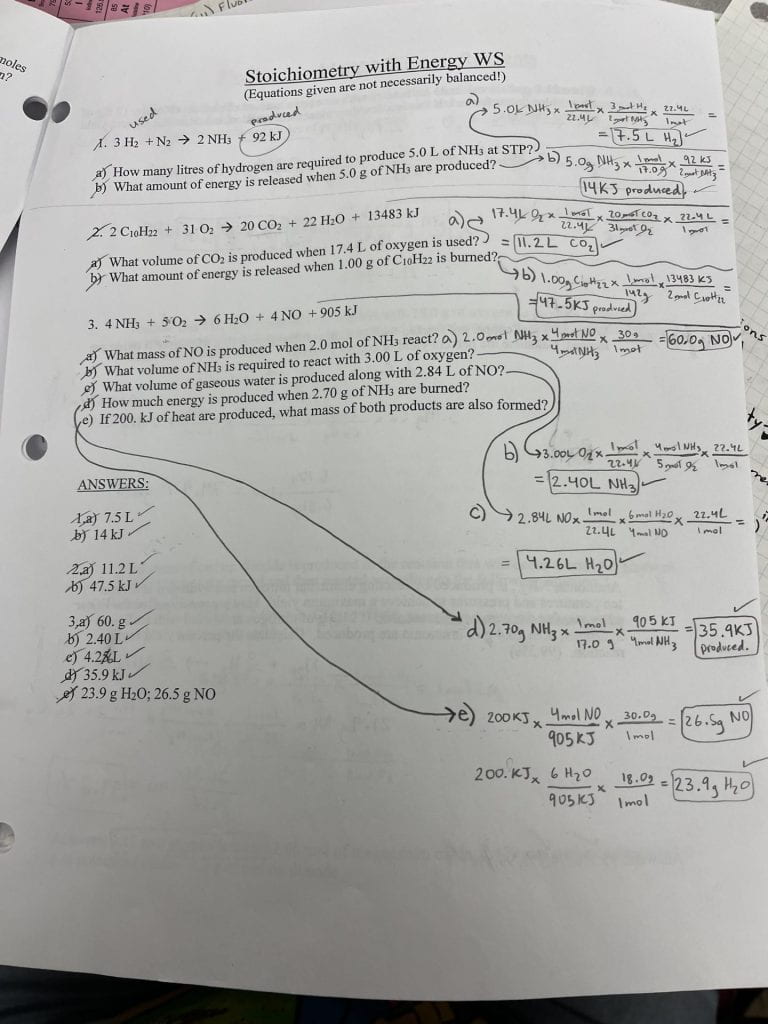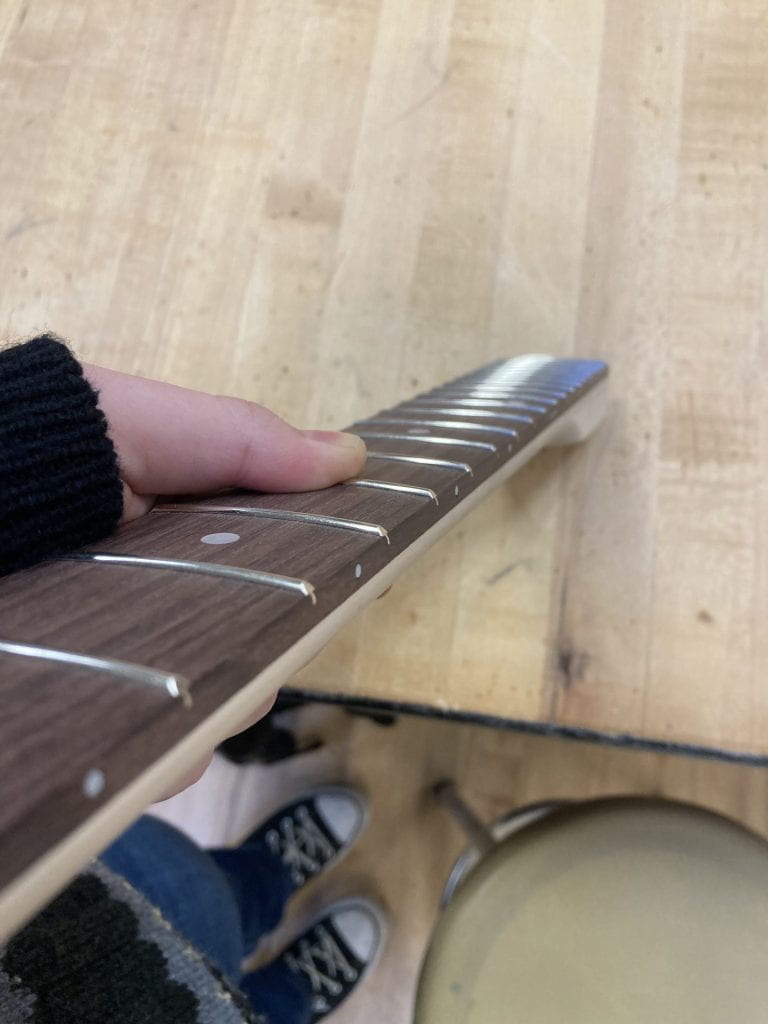The purpose of this essay is to discuss the play, The Crucible written by Arthur Miller. In particular, what will be analyzed is characters in the play that behave in a confusing manner. By using Kollberg’s moral precepts, explanations to these interesting behaviors shall be discovered. Kollberg has three distinct descriptions of perspectives that are known as pre conventional behaviour, conventional behaviour, and post conventional behaviour. All three categories are to be considered with the actions of any individual in the play. If we understand the consideration and action, it becomes easier to understand each character.
There are many pre conventional characters found in the crucible. Pre conventional characters behave in a manner that will help them to avoid punishment and/or obtain a reward. The first pre-conventional character to be discussed is Betty Parris. This can be easily observed when she pretends to be sick, having her father worry about her, asking for her to “wake” and to “open (her) eyes”. The reason she is faking an illness, is to avoid being proclaimed a witch and hung, for having danced in the woods with the rest of the girls earlier in the play. This was seen as witch behaviour, and by faking being ill, Betty led everyone to believe the ailment was caused by witchcraft, against Reverend Parris and his family. By doing so, she avoided receiving the punishment of being involved in the witch trials and saved herself from trouble. Another character that behaved in a way to avoid punishment, was Mary Warren. In a high stress situation, Mary talked about Elizabeth Proctor to John Proctor, saying she had “saved her life today!”. She was referring to having told the court that Elizabeth is a good person, when she was being accused of witchcraft. However, she was only telling John Proctor this to avoid getting whipped by him, essentially for her own benefit. The final example is Abigail Williams. Abby is often seen throughout this play acting in ways to obtain rewards, even when it causes harm to other people. She is looking to hurt Goody Proctor’s reputation in their town, because she believes that by doing so, she will have a better chance at being with John. She calls Elizabeth “a gossiping liar” and accuses her of spreading false rumors, for her own benefit. Abigail does not mind hurting Elizabeth and her good name, if it means she will get the thing she wants, this being John Proctor. From the examples provided, it is clearly portrayed that many characters in this play act in hopes of averting punishment, and/or earning a reward.
There are many characters in The Crucible that prove to be conventional. These characters behave in ways fit to help them earn group acceptance, as well as trying to gain a spot in that group. The conventional character to begin with, is Abigail Williams. She acts in a conventional manner when she lies of having seen “Goody Osburn with the Devil!”. Abby never truly saw that but creates this story to aid her in gaining power through manipulation. She hopes that by accusing other women of participating in unholy events, that she will no longer be seen as one of them. She was in fact one of the women who danced in the forest but is trying to no longer be seen as a wrongdoer. She does this by spreading the false information of the ladies. She wants to remain in acceptance of the town, without feeling ostracized. By accusing another female of having been in contact with evil, she achieves that. The next character that wants to be embraced by a group is Elizabeth Proctor. When John Proctor (her husband) is in court, he pleads that Elizabeth “will never lie.” By doing so, he is implying that Elizabeth is a good woman, with strong morals and a kind heart, who wouldn’t engage in any form of wrongdoing. Elizabeth is an evolved woman, who loves (like all of us) to be liked and approved by others. This can be a great motivator for people looking to achieve a better version of themselves. Elizabeth does not lie, for God, and to be well-accepted in the church community. Being part of a group, is instinctive to us humans. The final example is Mary Warren. Mary can be seen as conventional easily in the court, when she tells Abigail that she will “never hurt (her) more.” Mary is clearly appeasing the situation by giving in to Abby’s lies. She knows that she has not been causing Abigail any harm but says this to avoid any further issues. She is aware fighting against Abby is pointless, so she aims to mitigate the situation by going along with it, announcing she will stop hurting her. By giving in to something that Mary knows is a lie, it is fair to determine that she doesn’t want to be on anyone’s bad side, so that she doesn’t become shunned (or worse) by her town. It is clear in these examples, that it is not uncommon for characters in The Crucible to act in a manner fit to appeal to a specific group.
In The Crucible, there are also many post conventional characters. Behaving in a post conventional manner, means you are acting on your own set of beliefs and morals, regardless of outside influence and/or concepts. The first post conventional character to discuss is John Proctor. He did not sacrifice his principles when he talks about Abby to the judge, admitting that he has “known her”. This is him confessing to adultery, one of the biggest sins to commit. However, he declares this because he knows he must in order to help expose the truth against all the lies going around in Salem. He hurt his reputation in order to maintain his integrity, and to contribute to the greater good of the trials. Another character that acted on his own sense of values and beliefs is John Hale. John Hale became an inspiring character when he “quit (the) court!” due to his morals. He was initially there to help with the witch trials, but seeing the injustice and harm it was causing, he left his job wanting nothing to do with the unfairness that was taking place in the court. This demonstrates Hale having a strong character. The last example is of Elizabeth Proctor. She is seen as such when she tells Judge Danforth that her husband “is a good man!”. It is clear here, that Elizabeth is not interested in anyone’s opinion on her husband or their situation, and that she accepts him fully. She recognizes John’s goodness despite his mistakes and speaks up for him in front of the court. She acts on what her heart believes in, without taking into consideration anyone else’s opinions, or judgements. There are many characters in this play that are post conventional. They act in ways that are faithful to their own beliefs.
In conclusion, it is evident that Kollberg’s moral precepts have been a valuable tool in allowing the reader to achieve a better understanding for characters in The Crucible. It has also demonstrated why individuals behave the way they do when faced with certain situations. Some people require a feeling of group acceptance in regards to their actions, demonstrating a conventional persona. Others act more pre conventional, towards their own self benefit, whether that is to avoid a negative response, or to gain something positive from it. Post conventional responses however, come from a much more spiritual place, where people’s actions are based on their beliefs, morals, and ethics. This disregards the need to fit in, or to gain anything, but many times goes against that. It requires you to do the “right” thing, even if that means you must sacrifice something of yours for it, like John Proctor so bravely showed us in this play. Overall, Kollberg’s precepts helped me understand why some characters behaved in certain ways throughout The Crucible, gaining a newfound appreciation for the story.











